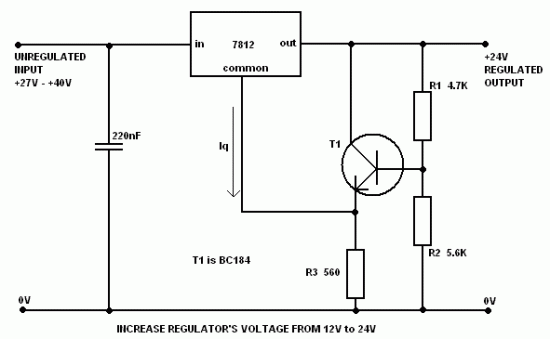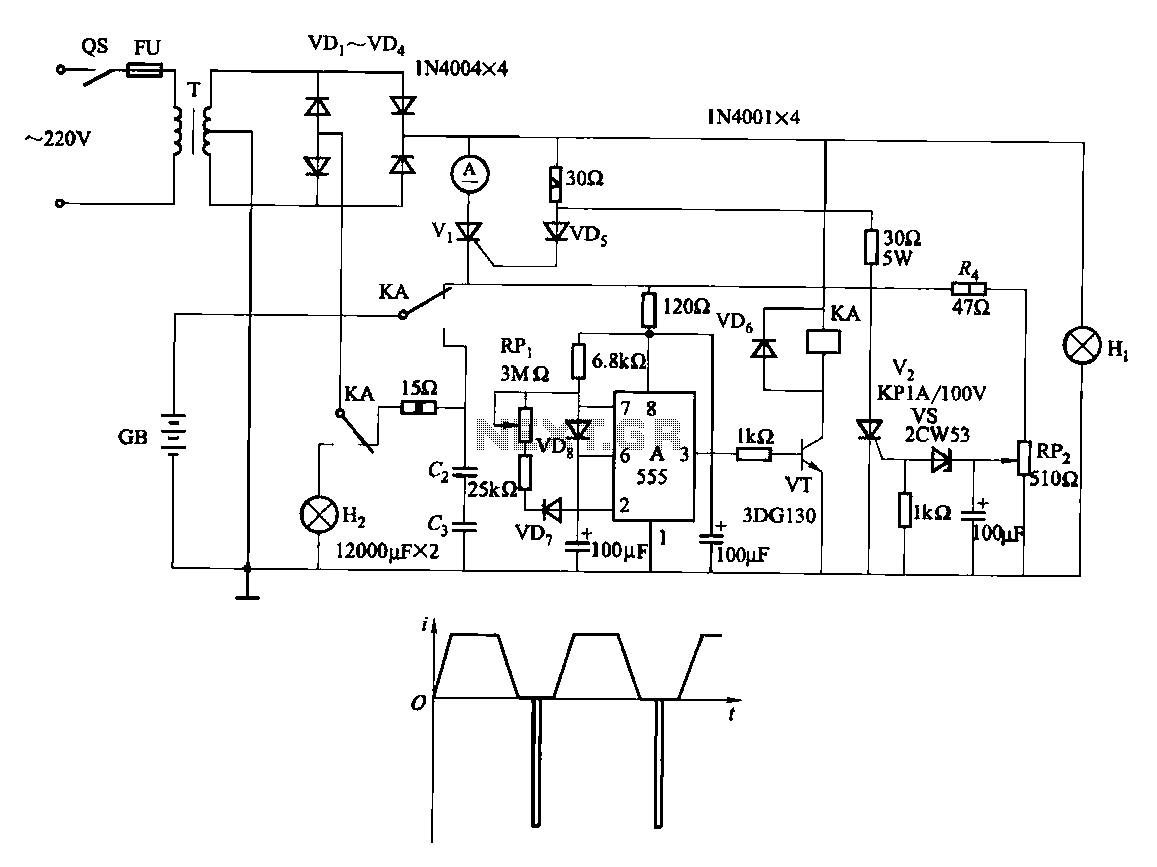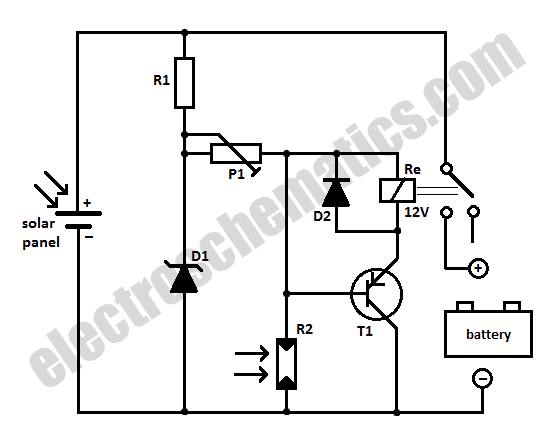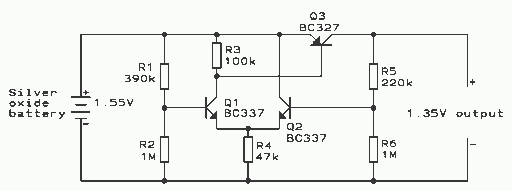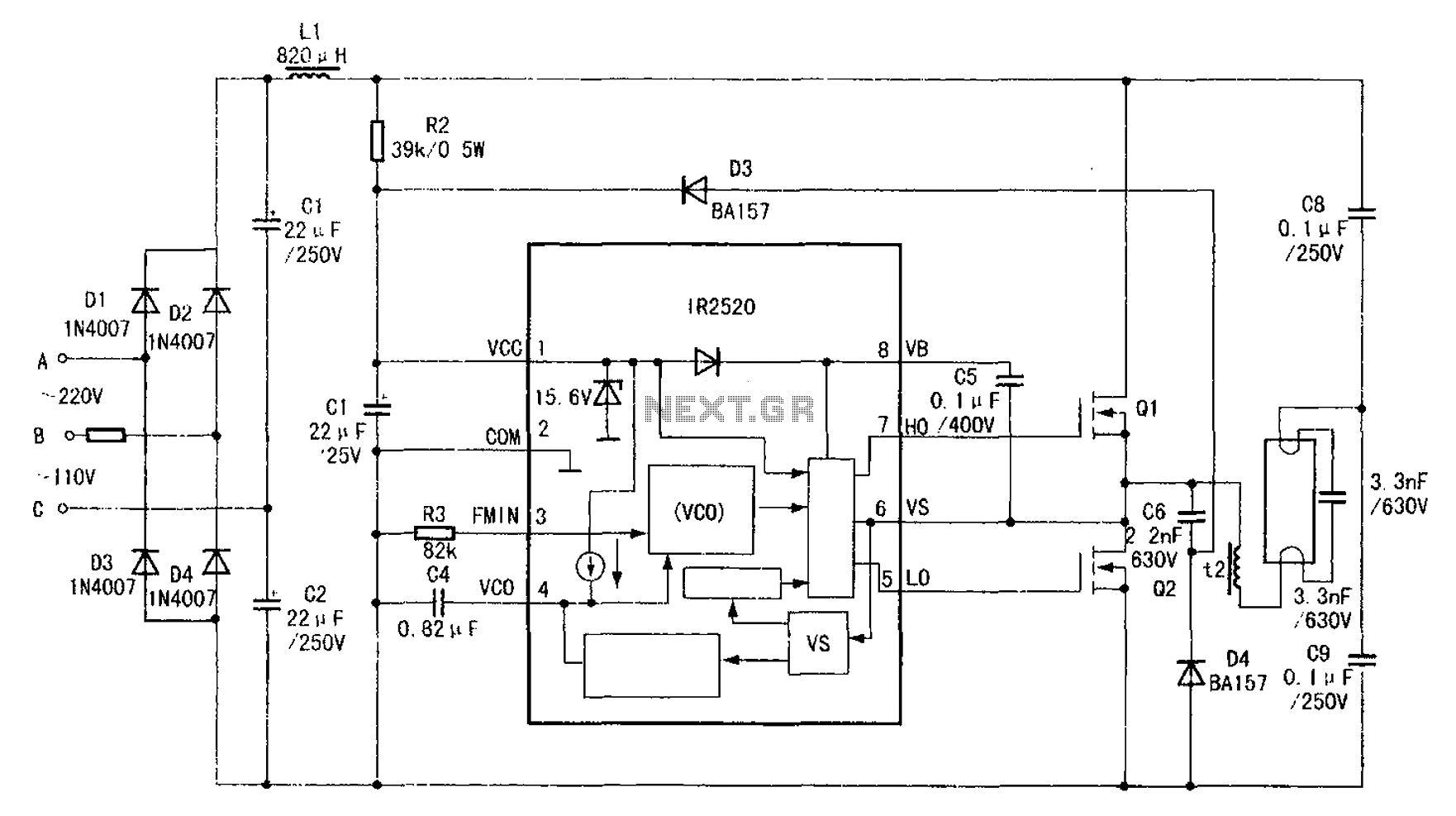
Extending Battery Life with Switching Regulator
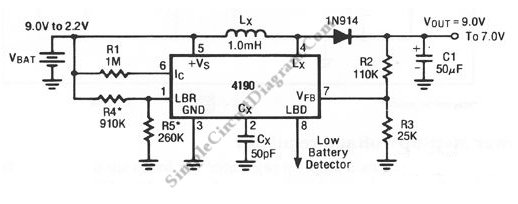
A standard 9V battery is considered depleted when its voltage drops below 7 volts. This switching regulator can extend the lifetime of a 9V battery.
The circuit utilizes a switching regulator to optimize the energy usage of a standard 9V battery, thereby prolonging its operational life. The switching regulator operates by efficiently converting the input voltage to a desired output voltage while minimizing power loss. This is accomplished through the use of high-frequency switching elements, such as MOSFETs, which rapidly turn on and off to control the amount of energy delivered to the load.
In this configuration, the regulator monitors the battery voltage continuously. When the voltage approaches the threshold of 7 volts, the regulator adjusts its operation to ensure that the load receives a stable voltage while drawing minimal current from the battery. This not only helps in maintaining the performance of the connected load but also prevents the battery from entering a deep discharge state, which can lead to irreversible damage.
The circuit typically includes components such as an inductor, capacitors, and diodes, which work together to smooth out the output voltage and filter out any noise generated by the switching process. The inductor stores energy when the switch is closed and releases it when the switch opens, allowing for a continuous flow of power to the output.
By implementing this switching regulator, users can achieve significant improvements in battery life, making it a valuable addition to any battery-powered application where longevity is critical.A normal 9V battery would be considered as dead battery when the voltage falls below 7 Volts. With this switching regulator, a lifetime of a 9V battery will.. 🔗 External reference
The circuit utilizes a switching regulator to optimize the energy usage of a standard 9V battery, thereby prolonging its operational life. The switching regulator operates by efficiently converting the input voltage to a desired output voltage while minimizing power loss. This is accomplished through the use of high-frequency switching elements, such as MOSFETs, which rapidly turn on and off to control the amount of energy delivered to the load.
In this configuration, the regulator monitors the battery voltage continuously. When the voltage approaches the threshold of 7 volts, the regulator adjusts its operation to ensure that the load receives a stable voltage while drawing minimal current from the battery. This not only helps in maintaining the performance of the connected load but also prevents the battery from entering a deep discharge state, which can lead to irreversible damage.
The circuit typically includes components such as an inductor, capacitors, and diodes, which work together to smooth out the output voltage and filter out any noise generated by the switching process. The inductor stores energy when the switch is closed and releases it when the switch opens, allowing for a continuous flow of power to the output.
By implementing this switching regulator, users can achieve significant improvements in battery life, making it a valuable addition to any battery-powered application where longevity is critical.A normal 9V battery would be considered as dead battery when the voltage falls below 7 Volts. With this switching regulator, a lifetime of a 9V battery will.. 🔗 External reference

